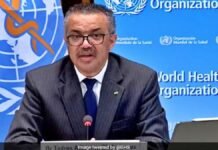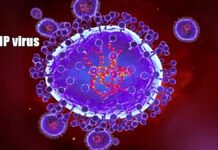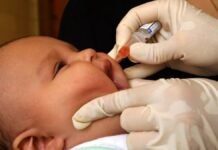
Key Points
- Global Health Alert: The World Health Organization (WHO) has issued a stark warning that nearly 5 billion people could be at risk from Chikungunya as the virus spreads to new regions.
- Unprecedented Spread: Once confined to the tropics, the mosquito-borne illness has now been reported in 119 countries across Asia, Africa, the Americas, and, increasingly, Europe.
- Climate Change is a Key Driver: The WHO attributes the rapid spread to rising global temperatures and changing weather patterns, which allow the Aedes mosquitoes that carry the virus to thrive in new areas.
- Monsoon Menace: The risk is particularly high during the rainy season, which facilitates mosquito breeding. India alone registered over 17,000 cases last year.
- Prevention and Vaccination: While prevention remains crucial, a vaccine called IXCHIQ has been approved in some regions, marking a significant step in combating the disease.
New Delhi: The World Health Organization (WHO) has sounded a global alarm over the escalating threat of Chikungunya, a debilitating mosquito-borne virus. According to a recent report, the disease is expanding its geographic reach at an alarming rate, putting nearly 5 billion people at potential risk as the virus has now been detected in 119 countries.
This expansion is largely driven by climate change. Rising temperatures and altered rainfall patterns, including more intense monsoons, are creating ideal breeding conditions for the Aedes aegypti and Aedes albopictus mosquitoes responsible for transmitting the virus. What was once considered a disease of tropical and sub-tropical regions has now firmly established itself in Europe and the Americas, prompting the WHO to urge nations to implement robust surveillance and prevention strategies.
From the Tropics to the World
The global journey of the Chikungunya virus has been rapid. An outbreak that began in Africa in 2004-2005 has since swept across continents. The situation is particularly concerning during the monsoon season when populations of Aedes mosquitoes, which are most active during the daytime, explode.
Experts highlight that the symptoms of Chikungunya including sudden high fever, debilitating joint pain, muscle aches, and rashes can often be mistaken for dengue, leading to misdiagnosis. While most patients recover, the joint pain can persist for months or even years, and severe cases can be fatal if not managed properly.
Understanding and Preventing the Disease
With no specific cure, prevention remains the most effective weapon against Chikungunya. The WHO emphasizes the importance of community-wide efforts to control mosquito populations. Key preventive measures include:
- Eliminating Stagnant Water: Regularly empty, clean, or cover containers that can hold water, such as buckets, flower pots, and old tires.
- Personal Protection: Use insect repellent, wear long-sleeved shirts and long pants, and use mosquito nets, especially for infants and the elderly resting during the day.
- Community Cleanliness: Keeping surroundings clean and free of garbage reduces potential mosquito breeding sites.
A New Hope: The First Chikungunya Vaccine
In a significant breakthrough, the claim that “no vaccine has come in the market” is now outdated. In late 2023, the U.S. FDA approved the world’s first Chikungunya vaccine, IXCHIQ, for adults 18 and over. Following this, European regulators recommended it for marketing authorization in mid-2024. While the rollout is in its early stages, the availability of a vaccine offers a new and powerful tool in the fight against the disease’s spread, supplementing traditional prevention methods.



















































